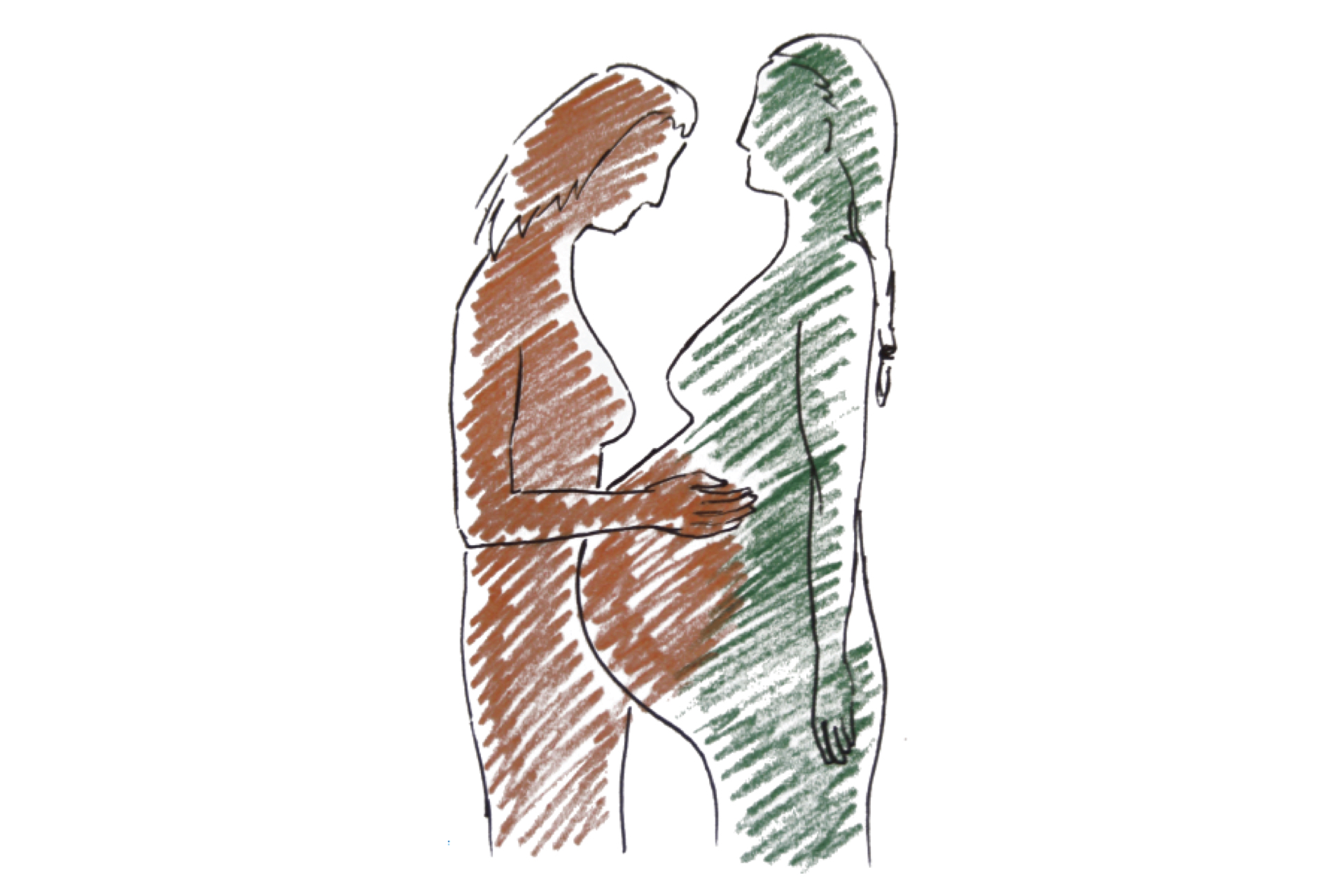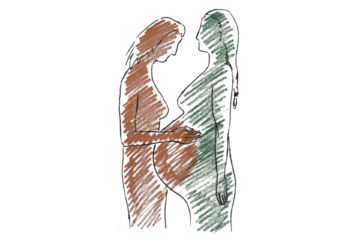| Surrogacy Stories: 20 Extraordinary Journeys to Parenthood By Kerry Duncan and Sam Everingham Published by Stethoscope Publishing ISBN-10: 0645505900, ISBN-13: 978-0645505900 Buy this book from Amazon UK |
 |
I have been researching surrogacy for 25 years and, in that time, it's always been hard to find personal accounts of what undertaking surrogacy is actually like – other than the odd feature in the newspapers. There aren't many books detailing personal stories of surrogacy, especially recent ones, and certainly none with many and varied – and raw – accounts of different, intimate journeys.
'Surrogacy Stories' contains 20 different stories of surrogacy journeys from the perspective of the intended parents. I'm not going to give any spoilers by re-telling any of those stories here – but it's safe to say there's a great deal of variety, while all stories taken collectively show some striking similarities and illustrate one particular aspect of surrogacy.
The 20 journeys took place between 2013 and 2022. Some of the intended parents pursued surrogacy to have their first child, some were seeking a sibling for an already existing child or children. The surrogacy destinations include the USA, India, Thailand, Ukraine, Russia, Canada, Mexico, Colombia, Greece, Ireland and New Zealand. The intended parents represented include heterosexual couples, same-sex couples, a single man and a single woman. They derive from Australia, New Zealand, France, the USA, Germany, Sweden, Thailand, Korea and the UK.
Some of the arrangements they entered into were with family members acting as surrogates, others placed their trust in strangers. Some went via 'altruistic' routes and others 'commercial' (I realise both terms are contested). Some used egg donors, some did not – and of those who did, some used known donors while others did not. Some journeys were successful, while others were not. Some maintain relationships with the surrogates who helped them, while others do not. The mixture of situations, complexities, complications, pathways and outcomes are what makes this book stand out.
However, what the book also illustrates very clearly is that no-one seeks out surrogacy as their first choice. The stories indicate plainly that for those who are medically or socially infertile, the process of even getting to the point where surrogacy becomes the only option, let alone the surrogacy journey itself, can be a struggle. We are given true insight into the mental, physical – and in many cases financial – tolls surrogacy places on people and their relationships.
In many of the stories, the intended parents questioned themselves about what they were doing, whether it was ethical to undertake surrogacy in the way that they did. No-one should think that the intended parents here made 'easy' decisions. The authors wrote the accounts of all the intended parents following interviews with them and pull out the 'bravery, determination, vulnerability and remarkable resilience' of the subjects. In the book's introduction, co-author Sam Everingham also shares his own surrogacy journey, giving real insight into why he may have decided to create this book in the first place.
The obstacles faced by many of the intended parents include all the myriad medical conditions that might necessitate surrogacy. Others found out the hard way that they would also need to use donor eggs. Some also faced miscarriage, premature birth and treatments in neonatal intensive care (sometimes in foreign and unfamiliar countries), loss of employment and even military coup, or the breakout of war or global pandemic leading to closure of borders. In addition, the book shines a spotlight on the bureaucracy involved in navigating many journeys, or upon arrival home.
This book was published in the context of declining birth rates worldwide, increased age of having a first child, increased levels of infertility, and increased acceptance of diverse family forms. That is not to say that acceptance of either diverse families or surrogacy is universal – surrogacy is still banned in many countries and in others, there can be criminal or other penalties for intended parents who engage in surrogacy overseas (see BioNews 1178).
It is unlikely that we will see international agreement on surrogacy any time soon, despite the best intentions of some to facilitate – if not an international accord – at least common principles. In several countries where surrogacy is legal (or not illegal), there are reviews of existing law taking place to bring it up to date with current practice and socially accepted views – including the UK (where the Law Commissions are due to publish their report, recommendations and draft new Surrogacy Bill very soon), New Zealand and Ireland.
Apart from the personal stories – which can't help but invoke empathy – what the book also tells us is that people who can't have children of their own in any other way will continue seeking to have children through surrogacy in whatever way they can. The different reasons people turn to surrogacy and the different experiences they have in doing so are the real take-homes from this collection. The desire to at least try to become parents – particularly genetic parents – appears stronger than any rules that can be written, and it is clear that people will cross borders, spend their savings, re-mortgage their homes, spend months in a foreign country, travel through war zones – or do whatever it takes to be able to pursue their parenthood dream. And they will find a surrogate willing to help them.
At the beginning of the book, the authors 'celebrate and honour the generosity of all surrogates and everyone involved who changed lives in a profound way, enabling hopeful parents to share the love, joy and sense of completeness a family can bring'. They also thank the 'brave intending parents' for sharing their stories. I couldn't agree more with both sentiments, even though not all the intended parents generate the same amount of sympathetic feeling as others, and even though a couple of the surrogacy arrangements described seem less than perfect.
Reading the book draws you in to the personal and often difficult journeys of those who have navigated surrogacy; it relishes the highs while not shying away from the lows, or the emotional and bureaucratic complexity, or the challenges faced. While obviously helpful for (potential) intended parents and surrogates to read, especially those seeking overseas arrangements (not least because of the information in the Appendix), I hope this book is also read by people who are ambivalent about surrogacy.
It truly illustrates the pain experienced by intended parents, and the bravery and empathy of surrogates. And one thing it reinforces for me is that much of the pain and heartache could be – at the point of deciding on surrogacy at least – ameliorated if countries have a legal route whereby their citizens who need to access safe and ethical surrogacy can do so, whether at home or abroad.
Buy Surrogacy Stories: 20 Extraordinary Journeys to Parenthood from Amazon UK.






Leave a Reply
You must be logged in to post a comment.